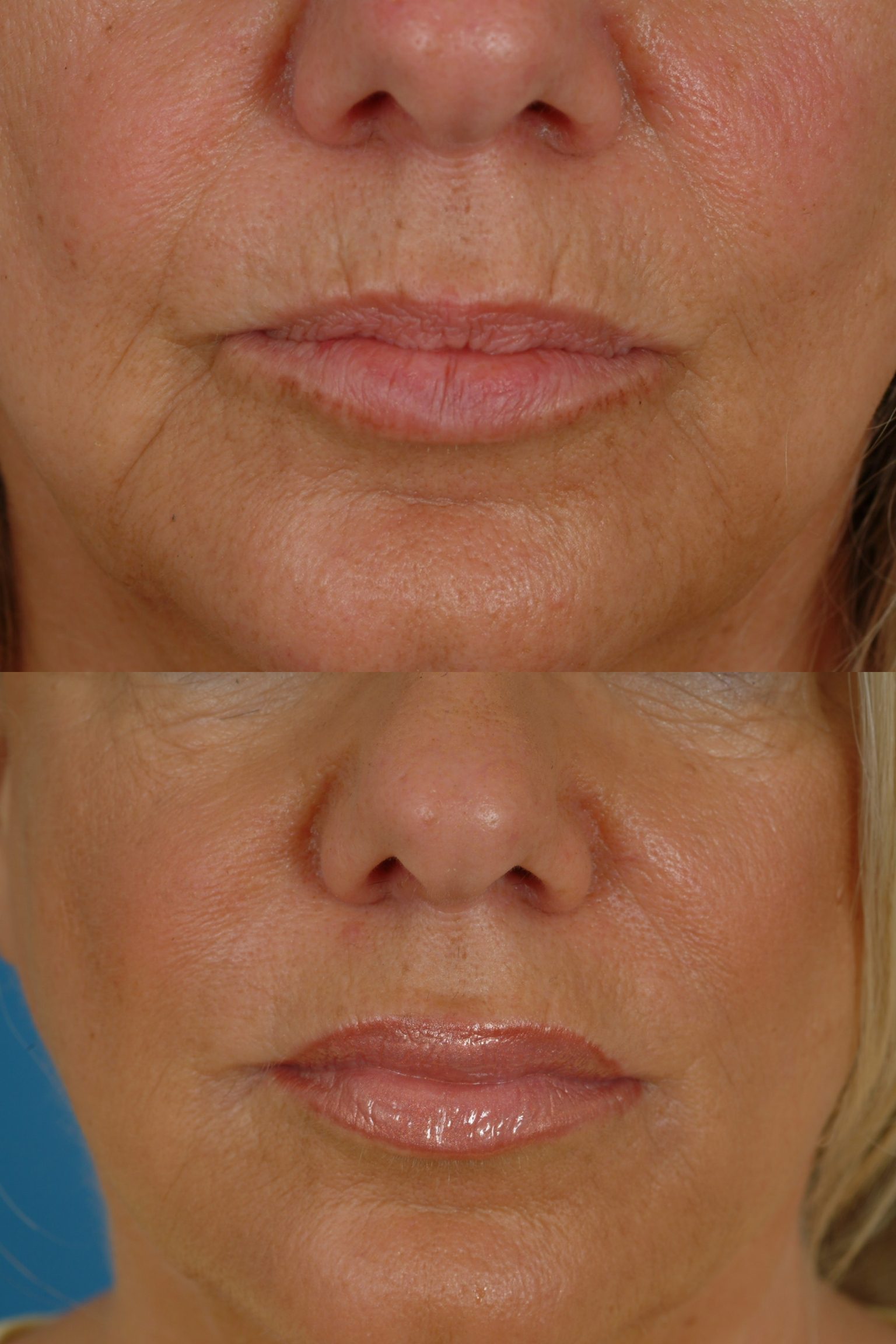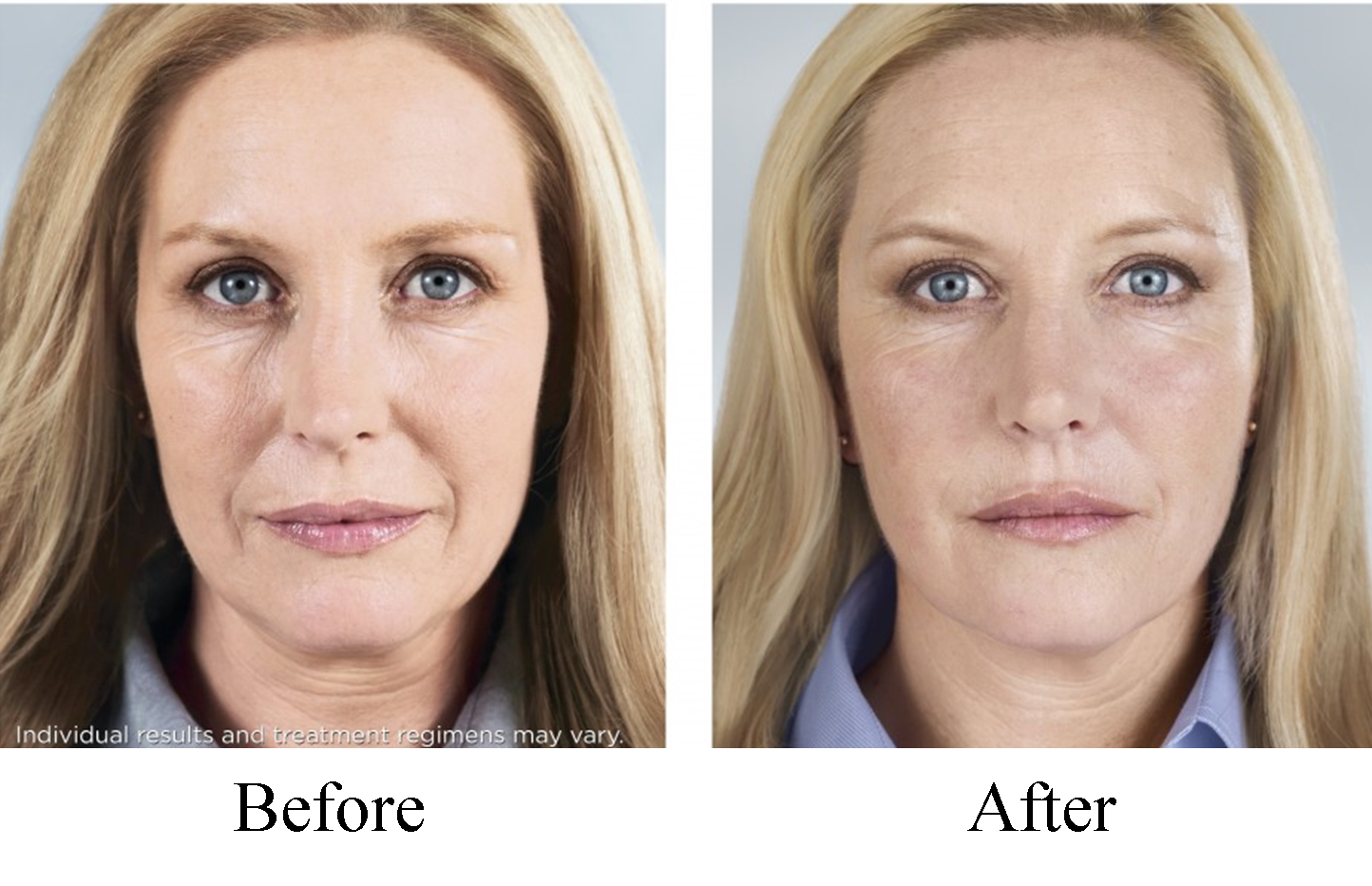

Filler that enters a blood vessel can cause skin necrosis (death of tissue), stroke, or blindness. The most serious risk associated with dermal fillers is accidental injection into a blood vessel. People should be tested for allergies before receiving dermal fillers made with certain materials, especially materials derived from animals, such as collagen.
Chin fillers side effect professional#
The only FDA-approved dermal fillers are supplied by a prescription for injection by a licensed health care professional using a syringe with a needle or a cannula (a small flexible tubing with a blunt tip that is inserted under the skin).Īs with any medical procedure, there are risks involved with the use of dermal fillers. They are not FDA approved and may be contaminated with chemicals and infectious organisms. The FDA also warns against buying or using lip or facial fillers that are sold directly to the public.Serious injuries and in some cases, permanent harm to the skin, lips or eyes have occurred. The injectors use high pressure and do not provide enough control over where filler will be placed. The FDA has not approved needle-free devices for the injection of dermal fillers and warns against using them to inject hyaluronic acid or other lip and facial fillers.Using injectable filler for large-scale body contouring or body enhancement can lead to serious injury, including long-term pain, infection, permanent scarring or disfigurement, and even death. The FDA has warned against getting filler injected into the breasts, buttocks, or spaces between the muscles. The FDA has not approved injectable silicone or any injectable fillers for body contouring or enhancement.Restoring facial fat loss in people with human immunodeficiency virus (HIV).Increasing fullness of lips, cheeks, chin, under-eye hollows, jawline, and back of the hand.Correcting moderate-to-severe facial wrinkles and skin folds.FDA-approved uses of dermal fillersĭermal fillers are approved for specific uses in people aged 22 and older. PMMA beads are tiny round, smooth, plastic beads. It is made with polymethylmethacrylate (PMMA) beads suspended in a solution that contains bovine (cow) collagen. There’s only one FDA-approved dermal filler that is not absorbed by the body. Poly-L-lactic acid (PLLA), a biodegradable, synthetic material.Calcium hydroxylapatite, a mineral and a major component of bone.Hyaluronic acid, a sugar that is naturally found in the body.Temporary fillers include the following materials:


The injection procedure may have to be repeated to maintain the desired effect. As reported in clinical trials, the effects of most FDA-approved dermal fillers are temporary because they are made from materials that the body eventually breaks down and absorbs. The FDA regulates dermal fillers as medical devices. Dermal fillers are meant to create a smoother or fuller appearance, or both. What are dermal fillers?ĭermal fillers are gel-like substances injected under the skin. The FDA advises you work with a licensed health care provider who is experienced in injecting dermal fillers, knowledgeable about fillers, anatomy, managing complications, and most importantly, tells you about the risks and benefits before receiving treatment. If your health care provider confirms that dermal fillers are an option for you, know that all medical products have benefits and risks. Dermal fillers may not be appropriate for people with certain conditions, such as bleeding disorders or some allergies. However, dermal fillers are not for everyone. Food and Drug Administration, people generally report they are satisfied with their treatment results. In studies of dermal fillers approved by the U.S. Injecting dermal fillers into the face and hands can improve the appearance of facial lines and volume loss caused by age or certain medical conditions. People are seeking treatments to smooth smile lines and crow’s feet and plump up their lips, cheeks, and hands.


 0 kommentar(er)
0 kommentar(er)
